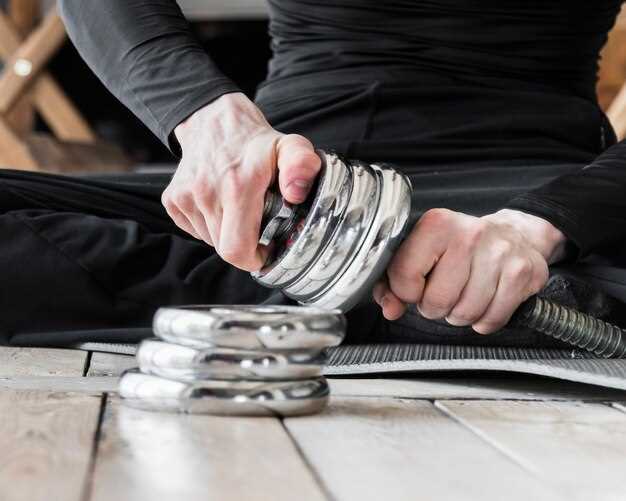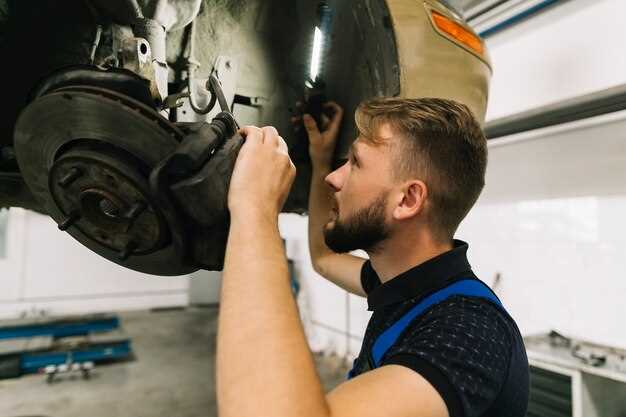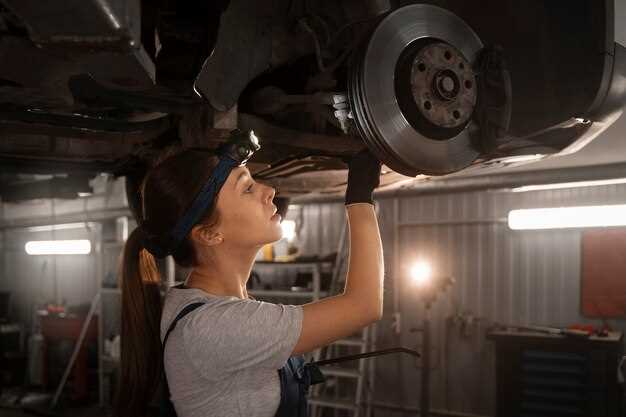
Replacing brake pads on your BMW is a crucial aspect of vehicle maintenance that ensures your safety and enhances performance. Over time, brake pads wear down, which can lead to decreased braking efficiency and potential damage to your brake system. Recognizing the signs of worn-out pads early can save you from more expensive repairs down the line.
When you decide to undertake the repair of your BMW’s brake pads, it is essential to follow a systematic approach. Understanding the type of brake pads suitable for your specific BMW model is vital, as this can greatly influence the handling and performance of your vehicle. In this guide, we will walk you through the necessary steps and considerations to effectively replace your brake pads.
Time, tools, and precision are key components in making this repair smooth and effective. Familiarizing yourself with the correct procedures will not only enhance your skills but will also ensure that your brakes function optimally. Whether you’re a seasoned mechanic or a DIY enthusiast, this guide will provide you with the knowledge needed to tackle brake pad replacement on your BMW confidently.
Choosing the Right Brake Pads for Your BMW Model
Selecting the appropriate brake pads for your BMW is crucial for maintaining optimal repair and performance standards. BMW models are engineered with specific braking requirements that vary by year and type. Therefore, it’s essential to consider these factors when making your choice.
First, determine the model and year of your BMW. Different models may have varied brake systems, and using incorrect pads can lead to decreased performance or even damage. Consult your owner’s manual or a trusted automotive source for the exact specifications necessary for your vehicle.
Next, choose between original equipment manufacturer (OEM) brake pads and aftermarket options. OEM pads are designed specifically for your model, ensuring compatibility and performance that aligns with BMW’s engineering standards. Aftermarket pads can provide cost savings and varying performance characteristics, but it’s critical to research their reviews and reliability.
Additionally, consider the type of driving you do. If you frequently drive in conditions that demand high braking performance, such as spirited driving or frequent stop-and-go traffic, consider performance-oriented pads. These may offer better heat resistance and stopping power compared to standard pads.
Lastly, review the material composition of the brake pads. Ceramic, semi-metallic, and organic pads each have unique benefits and drawbacks. Ceramic pads often produce less noise and dust, while semi-metallic pads provide superior performance under extreme conditions. Assess your priorities regarding noise, dust, and performance to make an informed choice.
In summary, selecting the right brake pads for your BMW involves understanding your vehicle’s specific requirements, evaluating OEM versus aftermarket options, and considering your driving habits and preferences. Proper brake pad selection will ensure safety and enhance the driving experience.
Step-by-Step Instructions for Brake Pad Replacement

Replacing the brake pads on your BMW is a vital repair task that can enhance vehicle safety and performance. Follow these detailed steps to ensure a successful replacement process.
Step 1: Gather Necessary Tools and Materials
Before beginning the repair, collect all required tools and parts. You will need new brake pads, a lug wrench, socket set, brake cleaner, a C-clamp or brake piston tool, and safety gear such as gloves and goggles.
Step 2: Prepare the Vehicle
Park your BMW on a flat surface and engage the parking brake. Loosen the lug nuts on the wheel where you will be replacing the brake pads but do not remove them yet. Lift the vehicle using a jack and secure it with jack stands.
Step 3: Remove the Wheel
Completely remove the lug nuts and take off the wheel. This will provide you access to the brake assembly for inspection and further work.
Step 4: Inspect the Brake Components
Examine the brake rotors and caliper for any signs of wear or damage. Look for scoring or warping on the rotors and ensure that the caliper functions correctly.
Step 5: Remove the Brake Caliper
Using a socket wrench, remove the bolts securing the brake caliper to the caliper bracket. Carefully slide the caliper off the rotor and support it using a bungee cord or a sturdy wire to avoid strain on the brake line.
Step 6: Remove Old Brake Pads
Once the caliper is removed, take out the old brake pads from the caliper bracket. Note their positioning, as you will need to install the new pads in the same manner.
Step 7: Compress the Caliper Piston
Using a C-clamp or brake piston tool, gently compress the caliper piston back into its cylinder. This step is crucial, as it creates space for the new, thicker brake pads.
Step 8: Install New Brake Pads
Place the new brake pads into the caliper bracket, ensuring they match the orientation of the old pads. Make sure they fit snugly and evenly.
Step 9: Reattach the Brake Caliper
Slide the caliper back over the new brake pads and rotor, aligning it with the bracket. Secure it tightly by re-inserting and tightening the caliper bolts.
Step 10: Reinstall the Wheel
Put the wheel back on, threading the lug nuts by hand initially to ensure proper alignment. Use a lug wrench to tighten the nuts in a crisscross pattern for even torque.
Step 11: Lower the Vehicle
Carefully lower your BMW back to the ground using the jack, and then perform a final tightening of the lug nuts while the vehicle is on the ground.
Step 12: Test the Brake System
Before driving, pump the brake pedal a few times to ensure proper seating of the new pads. Inspect the brake fluid level and check for any leaks.
Step 13: Take a Test Drive
Finally, take your BMW for a short test drive to evaluate the brake performance. Listen for any unusual noises and ensure the braking feels firm and responsive.
Common Mistakes to Avoid During the Replacement Process

Replacing brake pads on your BMW is a crucial maintenance task that ensures safety and performance. However, several common mistakes can compromise the repair process. Below are key errors to avoid.
- Neglecting to Inspect Brake Rotors:
Always check the condition of the rotors when replacing brake pads. Worn or damaged rotors can lead to poor braking performance and should be resurfaced or replaced as needed.
- Using Incorrect Brake Pads:
Selecting the wrong type of brake pads can lead to suboptimal performance and safety issues. Ensure you choose pads specifically designed for your BMW model.
- Failing to Clean Brake Components:
Before installation, clean the caliper and rotor surfaces thoroughly. Dirt and debris can affect the effectiveness of the new pads.
- Overlooking the Brake Fluid:
Check the brake fluid level before and after the replacement. If the fluid appears dirty or contaminated, consider flushing the system for optimal performance.
- Ignoring Proper Torque Specifications:
Use a torque wrench to tighten caliper bolts to the manufacturer’s specifications. Over-tightening or under-tightening can cause brake failure.
- Skipping Break-in Procedure:
Follow the manufacturer’s recommended break-in procedure for new brake pads. Failing to do this can reduce the effectiveness and lifespan of the pads.
- Not Using Lubrication:
Apply appropriate brake grease to the hardware and contact points to prevent noise and ensure smooth operation. Avoid getting grease on the brake surface.
- Rushing the Installation:
Take your time during the installation process. Rushing can lead to oversights, which could compromise your repairs and safety.
Avoiding these common mistakes will help you perform a successful brake pad replacement on your BMW, enhancing your vehicle’s safety and performance.
